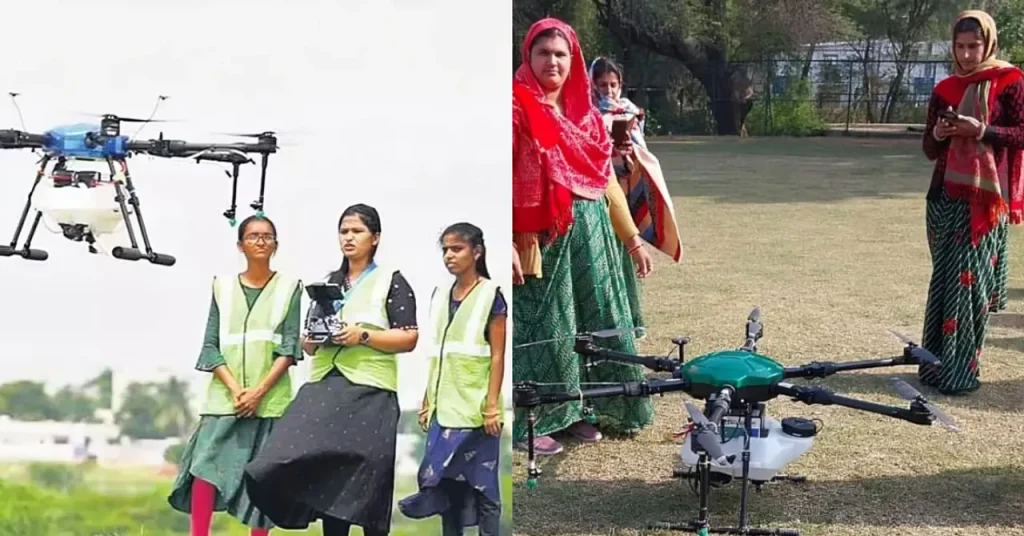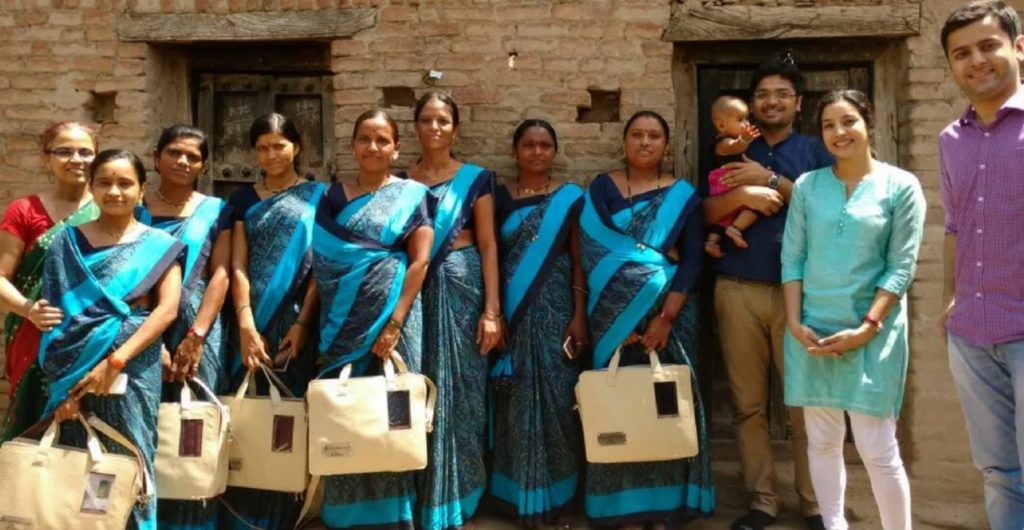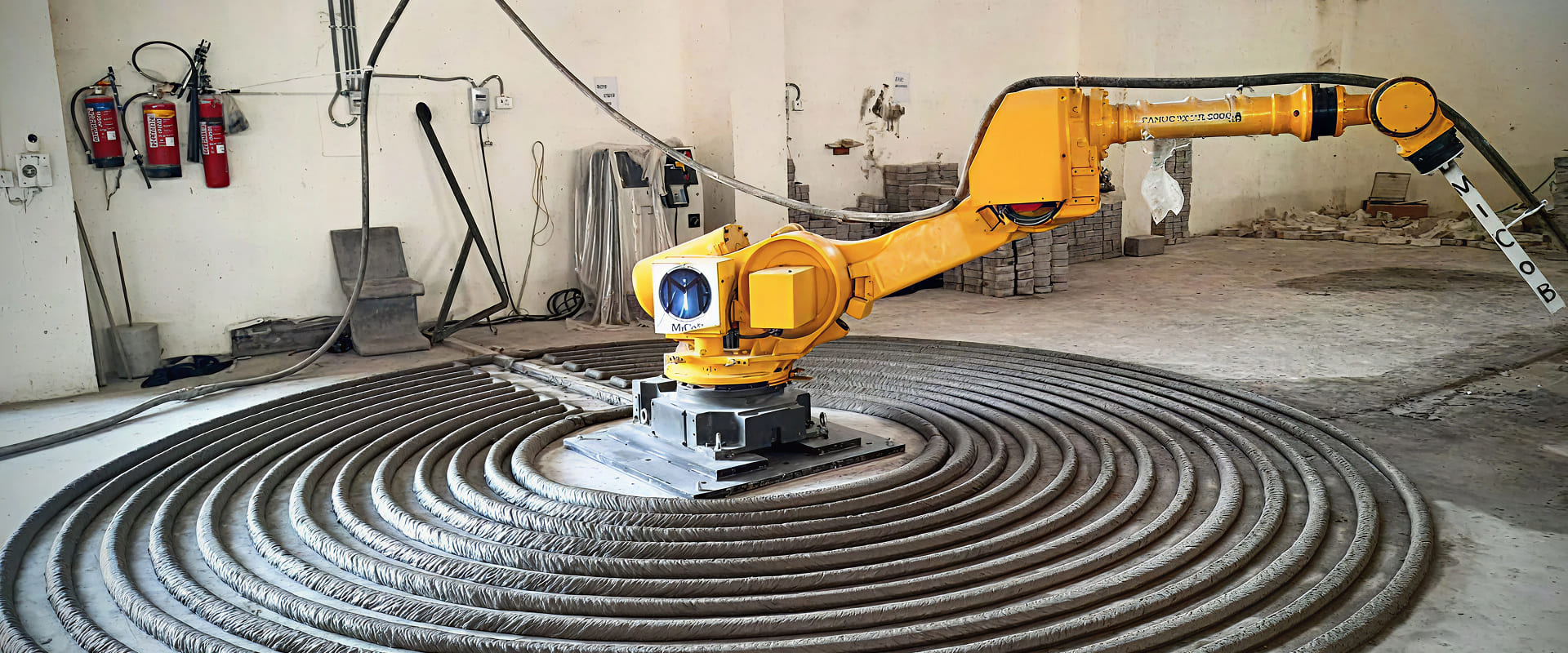
Forging Shelter With Precision: How 3D Printing Could Reshape India’s Defence and Disaster Infrastructure
MiCoB, an Ahmedabad-based startup incubated at IIT Gandhinagar, is pioneering the use of 3D concrete printing to address critical infrastructure challenges in remote, disaster-prone, and defence-sensitive regions of India. By combining prefabricated 3D printed wall panels with conventional structural components, the company has demonstrated how automated construction methods can reduce costs, accelerate timelines, and enhance climate and terrain adaptability.
Updated on: 24 May 2023

Sector

Solution
Technology

State of Origin
Impact Metrics
36 hours
to 3D print durable structures vs. weeks using traditional methods.
50–60 years
of lifespan for the homes built.
Reduced labor
material waste, and improved disaster readiness.
India’s border regions and disaster-vulnerable areas frequently face infrastructure deficits due to logistical challenges, limited construction windows, and labour constraints. Traditional construction methods often require extensive shuttering, are highly labour-dependent, and generate substantial material waste. In defence contexts especially, the need for speed, structural integrity, and thermal resilience is compounded by geographical and climatic extremes.
In this context, 3D concrete printing—specifically extrusion-based layer-by-layer construction—offers a promising alternative. It enables the rapid creation of customised, durable building components that can be prefabricated offsite and assembled with minimal delay. MiCoB’s model integrates this innovation into a hybrid construction process suited to Indian terrains and policy priorities.
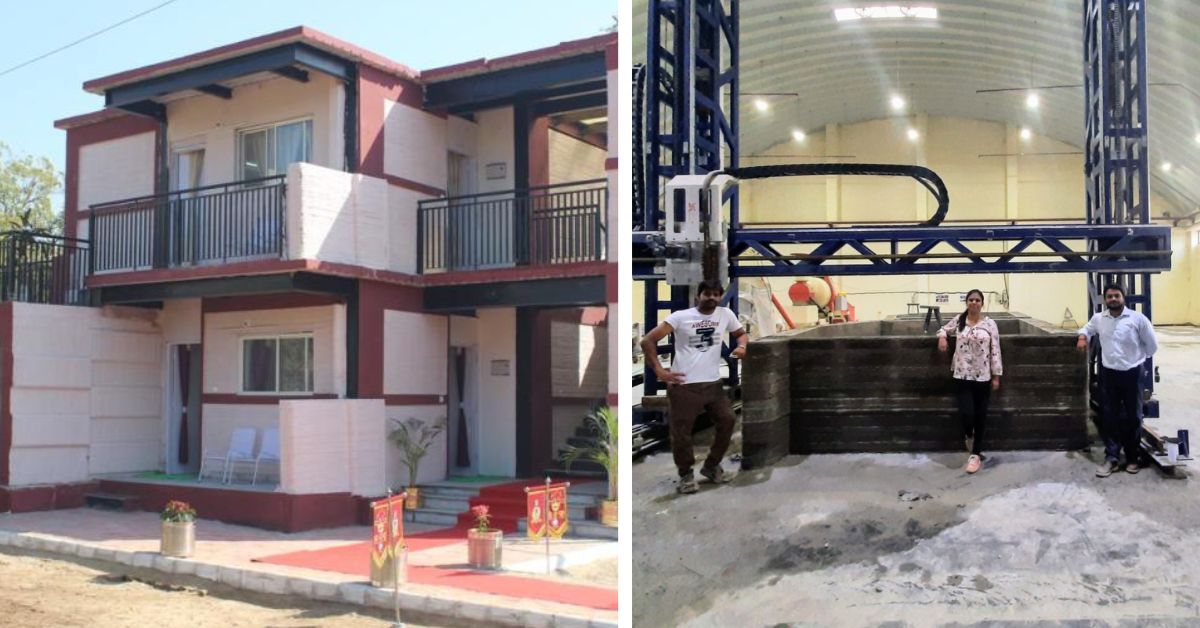
A hybrid model for automated, modular construction
The team’s work goes far beyond academic curiosity. Their 3D printed homes and structures are now deployed in Ahmedabad, Visakhapatnam , Sikkim, Maharashtra and Arunachal Pradesh. These aren’t just model units—they are live pilot projects commissioned by the Indian Army to explore how the technology can bolster operational readiness and improve living conditions in high-altitude or disaster-prone regions.
Durability without delay
MiCoB’s construction system is built on a prefabricated model using a proprietary concrete mix. The structural framework comprises steel columns and RCC pedestals, while the walls are 3D printed in modular panels with hollow cavities for thermal insulation. This hybrid configuration is tailored to seismic, wind, and snow loads based on site conditions, with design files digitally configured before printing.
Approximately 30% of the construction process—primarily the walls—is automated using 3D printing. The remaining elements, such as electrical systems, plumbing, and finishing, are completed through conventional techniques. The printed walls are significantly lighter than traditional brick masonry (1,100 kg/m³ vs. 1,800 kg/m³), reducing overall structural load and construction material use. On average, a 4BHK house of 2,000 sq. ft. can be constructed in around three months.
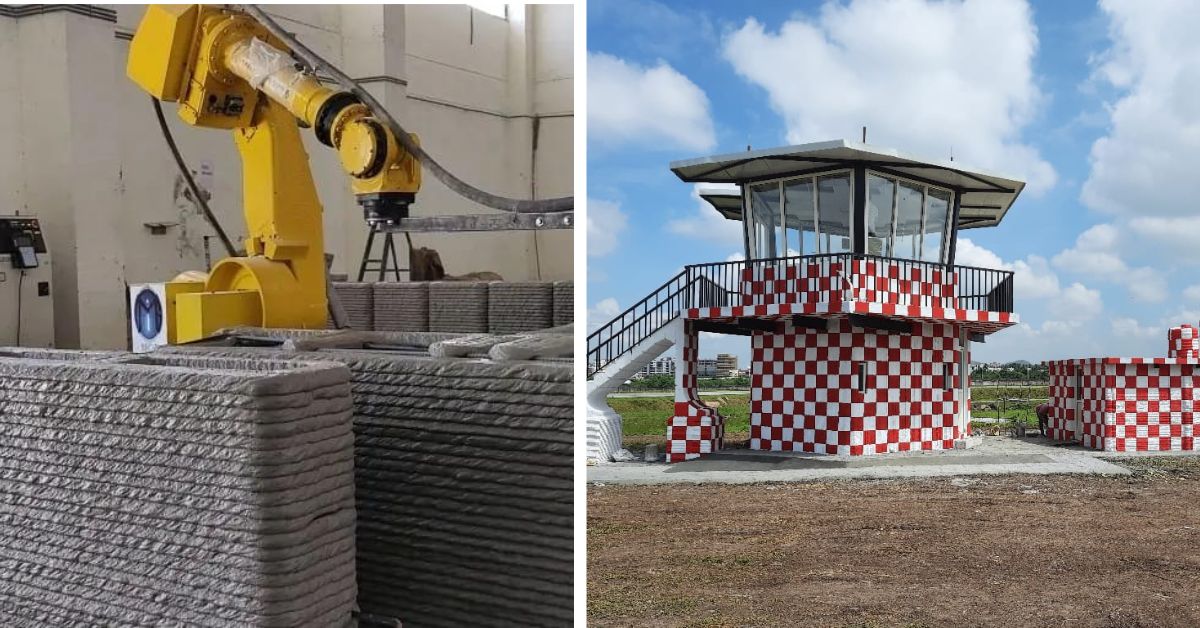
Field deployment in defence and disaster-prone geographies
MiCoB’s technology has been deployed in collaboration with the Indian Army and defence agencies across multiple locations, including Ahmedabad, Visakhapatnam, Sikkim, Maharashtra, and Arunachal Pradesh. These deployments include:
- India’s first 3D printed two-storey dwelling unit for soldiers, constructed in Ahmedabad in approximately 12 weeks.
- 30 bunkers and three other building structures built across defence locations, designed for high-performance in extreme terrain and climatic conditions.
These structures are engineered for durability, with projected lifespans of 50–60 years, and are compliant with seismic Zone-3 specifications. The use of 3D printed wall panels also enables architectural flexibility, allowing for customised designs such as curved or parametric walls without incurring additional cost.
The Indian Army’s collaboration with MiCoB began through interactions with the Army Design Bureau, which identified 3D concrete printing as a viable high-performance solution for infrastructure in remote and sensitive zones. Projects have since been implemented in co-development mode, with defence feedback incorporated into technical refinement.
Printing India’s future, layer by layer
MiCoB’s 3D printing innovation aligns with several key national programmes and strategic objectives:
- Make in India and Atmanirbhar Bharat — The development of both hardware and concrete formulations is indigenous, contributing to self-reliance in advanced construction technologies.
- Border Infrastructure and Defence Modernisation — The adoption of 3D printed bunkers and buildings by the Indian Army supports the Ministry of Defence’s goals for rapid, modular, and durable frontline infrastructure.
- PM Awas Yojana (Urban and Gramin) & PM Gati Shakti — The scalability and cost efficiency of this construction model make it suitable for public housing, schools, and civic infrastructure.
- Climate Resilience and SDG 11 — Reduced material waste, lighter wall density, and thermal efficiency contribute to India’s sustainable cities agenda and climate adaptation targets.
From proof of concept to national asset
Despite its benefits, the adoption of 3D printed construction in remote areas presents certain operational challenges. These include the transportation and logistics of prefabricated panels, access to high-quality materials in remote locations, dependence on cranes for panel placement, and spatial limitations at compact sites. However, ongoing R&D and feedback loops from field deployments are contributing to the optimisation of these workflows.
As global interest in automated construction grows, MiCoB’s work positions India as a credible innovator in 3D concrete printing for strategic applications. The technology’s utility is especially compelling in post-disaster reconstruction, high-altitude deployment, and rapid housing needs. Research cited in ScienceDirect notes that such methods can reduce costs by 10–25% compared to concrete masonry units—an important metric in low-income and emergency settings.
Toward a replicable model for rapid, resilient construction
MiCoB’s model represents a significant advancement in construction technology with implications for national security, rural development, disaster response, and sustainable infrastructure. Its approach—combining automation, material efficiency, and contextual design—offers a viable alternative to traditional methods in high-need geographies. With continued support and integration into public sector procurement frameworks, such innovations could reshape the future of infrastructure delivery in India and beyond.
Share Your Story Today, Shape Viksit Bharat Tomorrow
Got an idea, innovation, or experience that's making a difference? Share your story now and ignite India's transformation because your voice can drive the future forward!
BUILD YOUR OWN
BUILD YOUR OWN
How can I implement this innovation effectively?
How is this innovation being adopted around the world?
Where else could this innovation make an impact?
Who has seen real results from using this innovation?
What insights do experts share about this innovation?
What policies support or influence this innovation?
How could this innovation evolve in the future?
Is this innovation accessible and inclusive for everyone?
How can I contribute to or participate in this innovation?
What resources can help me explore this innovation further?
If you would like to know more about this innovation, fill this form to contact the innovator.
Handpicked stories tailored just for you
Explore stories that inspire, inform, and ignite new ideas across tech, innovation, and real-world impact

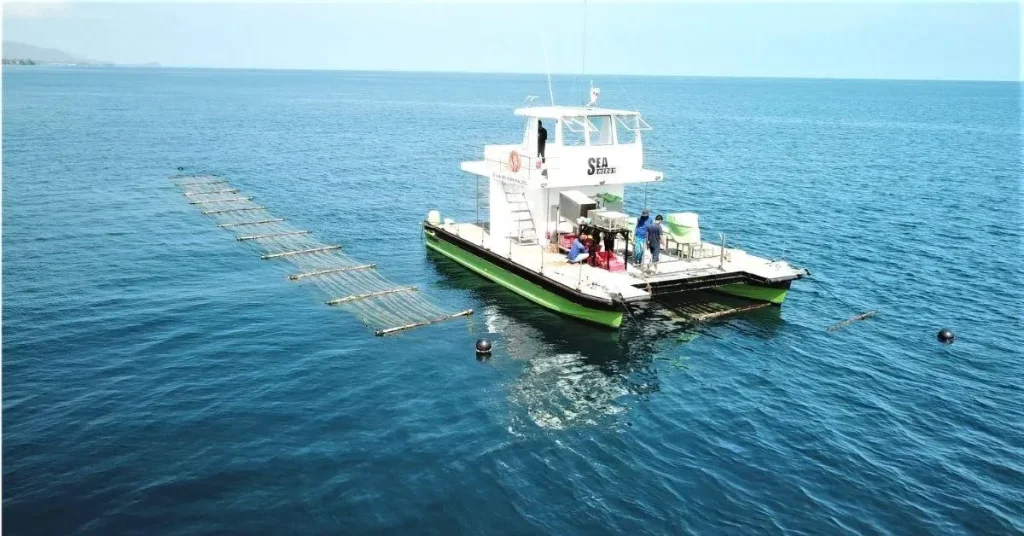
From Sea to Fuel: How Indian Researchers Are Turning Seaweed into Clean Energy
An Indian marine bioenergy initiative is converting seaweed into high-energy biofuels using mechanised ocean farming and hydrothermal liquefaction. By producing...
Read More
